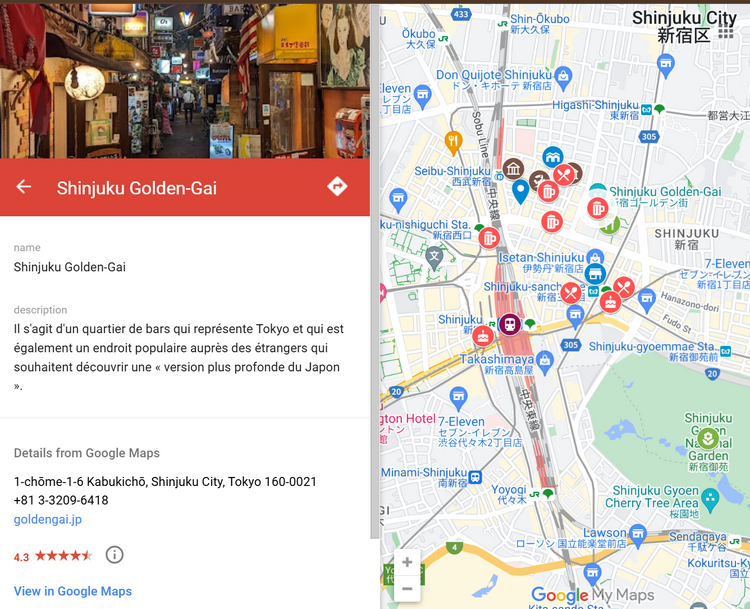Train Etiquette in Japan: Essential Rules and Manners for Visitors

Japan's train system is renowned worldwide for its punctuality and efficiency. However, what truly sets it apart is the unique culture of courtesy and consideration that keeps millions of daily commuters moving harmoniously. For visitors, understanding these unwritten rules and social expectations can transform their train journey from potentially stressful to seamlessly comfortable. Whether you're planning to ride the bustling Tokyo Metro or take a peaceful regional train, this guide will help you navigate Japanese train etiquette like a local.
Priority Seating: Essential Guidelines
Japanese trains feature clearly marked priority seats, usually located near the doors and distinguished by their different-colored upholstery or special signage. These seats serve as a cornerstone of Japan's considerate train culture, ensuring comfortable travel for those who need it most.
Key Features:
- Priority seats are designated for elderly passengers, expectant mothers, people with disabilities, and passengers with small children
- These seats are typically marked with clear pictograms and often have different colored seat covers
- Most trains have priority seating areas in every car, usually near the doors for easy access

In Japan's public transportation system, two important symbols help identify passengers who may need extra consideration: the Maternity Mark and Help Mark. These badges play a crucial role in creating a supportive environment for those who need assistance.
- Maternity Mark: A pink and white badge showing a mother-to-be, indicating pregnancy
- Help Mark: A red and white badge featuring a heart design, indicating hidden disabilities or conditions
Mobile Phone Etiquette: Keeping the Peace
Japanese trains are known for their uniquely quiet atmosphere, and proper mobile phone usage plays a crucial role in maintaining this peaceful environment. Understanding these mobile phone rules is essential for a respectful train journey in Japan.
Key Features:
- Phone calls are strongly discouraged on all trains and completely prohibited in priority seating areas
- Silent mode ("manner mode" in Japan) is mandatory for all mobile devices
- Using headphones is required when listening to music or videos
Conversation Etiquette: Maintaining Train Tranquility

In Japanese trains, maintaining a peaceful atmosphere is paramount, and this extends to conversation volume. The Japanese concept of "meiwaku" (causing disturbance to others) shapes how people communicate while traveling.
Key Features:
- Quiet conversations are acceptable but should be kept at a whisper level
- Group conversations should be minimal and conducted with consideration
- Business calls and loud social chats are considered disruptive
Last-Minute Boarding: Safety First

One of the most strictly discouraged behaviors in Japanese train culture is "rush-boarding" - running to catch a train as the doors are closing. This practice is not only dangerous but also disrupts the precise scheduling that Japanese railways are famous for.
Key Features:
- Train doors close exactly at the scheduled time
- Warning chimes signal imminent door closure
- Platform staff actively prevent rush-boarding attempts
Eating and Drinking: Train Etiquette Guidelines
While Japan is famous for its ekiben (station lunch boxes) and train dining culture on long-distance trains, rules about eating and drinking on regular commuter trains are quite different. Understanding these distinctions is crucial for a respectful journey.
Key Features:
- Eating is generally discouraged on local and commuter trains
- Drinking from sealed containers is usually acceptable
- Special rules apply during peak commuting hours

Your Personal Guide to Japan
🌟 Discover Hidden Japan with Your Personal Travel Companion 🌟
Tired of generic travel guides? Let our Japanese experts craft your perfect Japan adventure!
Why Travelers Choose Our Service:
1.Exclusive access to local secrets and off-the-beaten-path destinations
2.Personalized Google Maps highlighting hidden gems, authentic restaurants, and photo spots
3.Real-time multilingual support throughout your journey (English, Français, Español, Português, 中文, ไทย)
4.Stress-free navigation of Japan's transportation system
5.Instant assistance for restaurant bookings and cultural experiences
